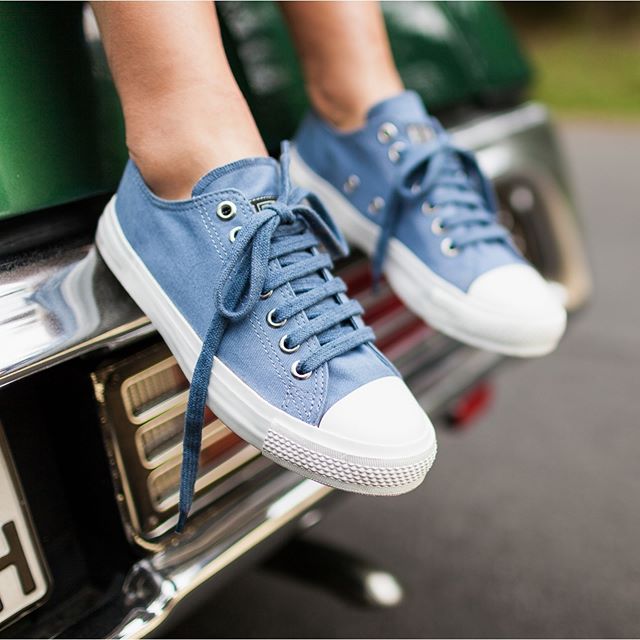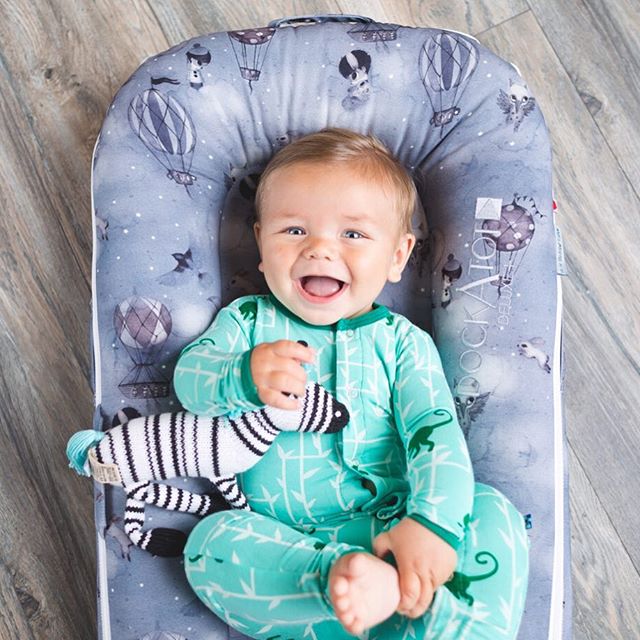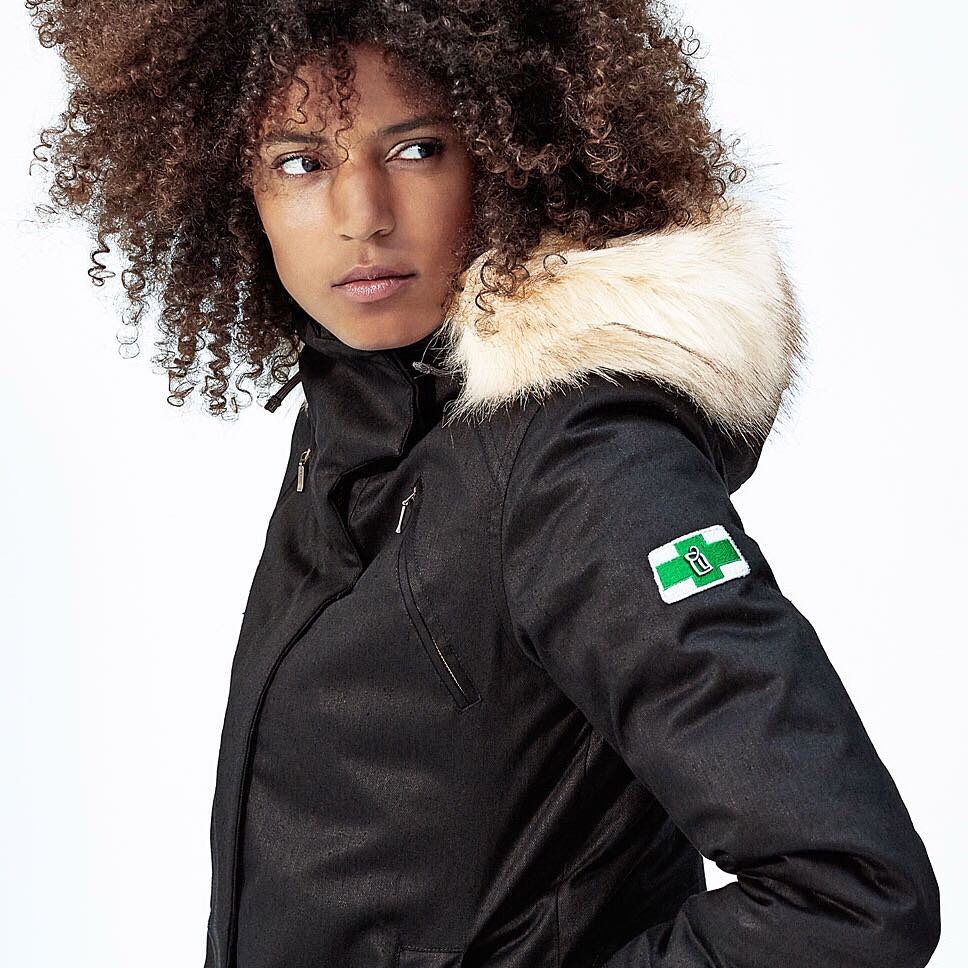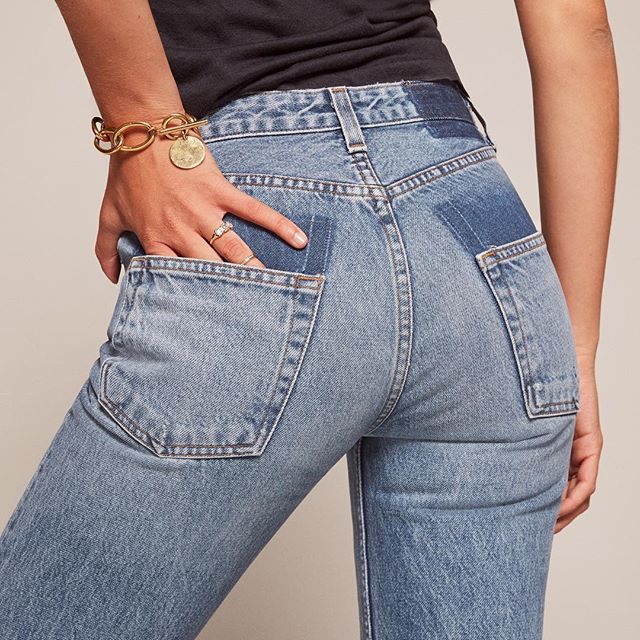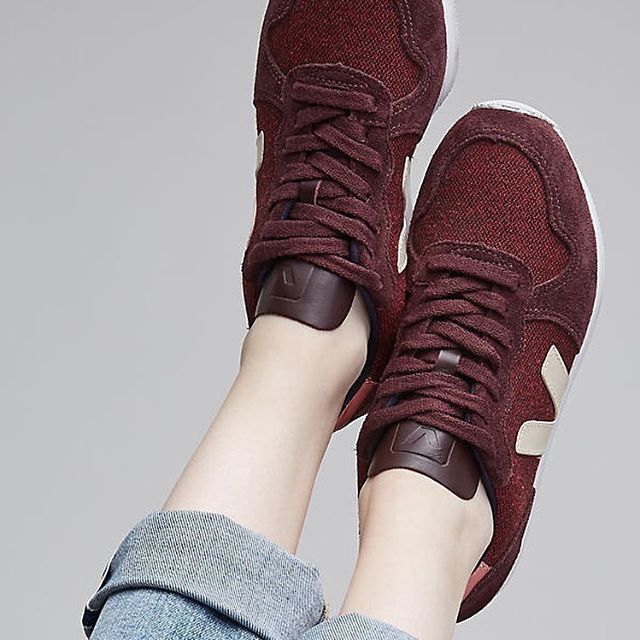How can we reduce our Fashion Environmental Impact?
1. buy less
Even the greenest garment uses resources for production and transport to your home, creating some environmental impact.
A root of the problem lies in our excessive consumerism: we buy 10 while our grandmothers bought 2.
We tend to think that buying new clothes will make us happy. Maybe we should reconsider some foundations of our lifestyle.
“The most environmentally sustainable jacket is the one that’s already in your closet…”
2. Buy CLOTHES FROM sustainable BRANDS
More and more fashion brands take into account the environmental and social impact of their production.
You can find our favorite sustainable brands in the section The Brands We Like.
We will not lie to you: the offer is still limited and it is easier and cheaper to go to the closest shopping center to refill your wardrobe. But the more we demand sustainable clothing, the more will be available- just like organic food was difficult to find 15 years ago. Today, it is available in most supermarkets.
Pricewise, yes, you will pay more for sustainable clothing than in a fast fashion shop, but now we know what lies behind those very low prices...
Nonetheless, sustainable brands will not necessarily cost more than brand-name clothing, for which we sometimes pay high prices for the image, but rarely for the quality or the sustainability.
3. Buy better quality
Because clothes have become so cheap, we no longer care as much about quality. We just buy new garments when the ones we have lose their shape or appeal.
Additionally, we have all had the experience of buying expensive clothing or pair of shoes and facing the disappointment when two month later, they already look old or have holes in them.
If we stop buying poor quality, it will push brands to improve the quality of their garments. It will also allow us to keep our clothes longer, which is good for our wallets and for the environment.
4. Think twice before throwing out your clothes
Don’t throw your clothes in the normal bins! Most of them consist of synthetic, non-biodegradable fiber and will just pile up in the landfill. There are other options:
- Try to repair them. Sometimes with a bit of imagination, you can repair or even redesign a torn garment.
- Donate your clothes to your friends, family, neighbors, or to charity.
- Sell them on second-hand apps like Vinted.
- Some clothes shops take back used clothes from their own brand or even from other brands.
- Put them in the textile recycling bin. Textiles can be recycled to make new clothing.
5. Buy second hand, swap, & rent clothing
Instead of buying new clothing, have a look at alternative options:
- Second-hand shop: It's not a new concept! You can find second-hand shops everywhere in the world. Many websites and apps also offer all kinds of second-hand options ranging from the cheapest to brand-name clothes.
- Swap clothes: These types of initiatives are popping up all over the world. Participants bring clothes that are no longer wear and exchange them for clothes they will use. This is an economic and eco-friendly way to refill your wardrobe. You can also organize it among your friends.
Read more about “How to organize a clothes swap”
- Rent clothes: Clothes rentals is also a growing industry. This is a great option, especially for clothes that you will not wear for a long time or often (baby or pregnancy clothes, party dresses...). Some companies also offer a monthly fee, allowing customers to constantly renew their wardrobe.
The organization of second hand, swapping and renting clothes usually takes place on a local level. Find out what is available in your neighborhood.
6. Keep an eye on your washing
Washing our clothes has a significant environmental impact. The average household in Europe does almost 200 loads of laundry every year, consuming about 15,000 liters of water. It also takes a lot of energy to heat the washing water and run the drying cycle. So here are some tips for reducing this impact.
More tips on #WhatsInMyWash.



